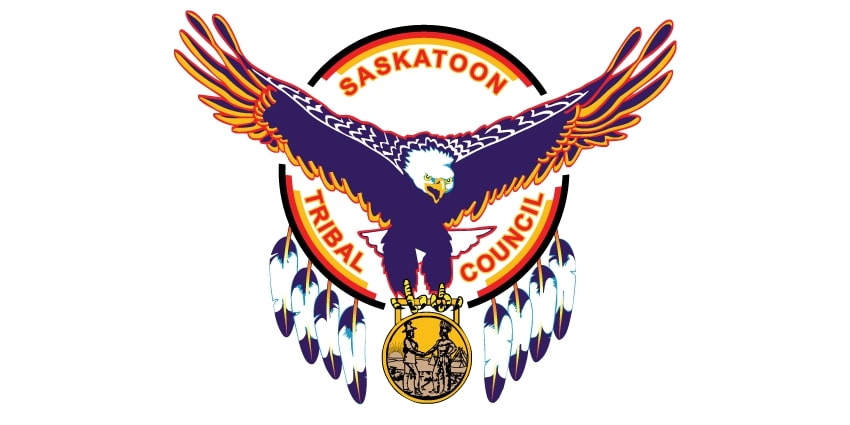
As part of our commitment to stakeholder engagement, members of the Saskatoon Freeway Functional Planning Study team met twice with the Saskatoon Tribal Council (STC) in the month of May.
The purpose of these meetings was to inform Tribal Chief Mark Arcand – as well as the Chiefs of each of the seven STC Member Nations – about the purpose of the functional planning study, the freeway’s proposed route, timelines for the study, and to answer any questions. We also offered to meet with Chief and Council of each of the seven Member Nations for a more direct discussion, if requested.
At these meetings, Tribal Chief Arcand encouraged our stakeholder engagement team to reach out to the economic development officers for each of the seven First Nations so we could answer any questions they may have about the impact of the freeway on their future plans. Looking further ahead, Tribal Chief Arcand and the other Chiefs also expressed an interest in securing Indigenous employment opportunities during freeway construction.
STC Member Nations span three distinct linguistic cultures – Cree, Saulteaux, and Dakota/Sioux – and include:
Kinistin Saulteaux Nation
Mistawasis First Nation
Muskeg Lake Cree Nation
Muskoday First Nation
One Arrow First Nation
Whitecap Dakota First Nation
Yellow Quill First Nation
Each member community is an autonomous First Nation governed by its own Chief and Council, laws, and customs. Collectively, STC represents approximately 11,000 First Nations people from the STC region, spanning over approximately 30,000 acres of reserve land (not including TLE, Specific Claim and traditional lands). All members are located within a 200 km radius of Saskatoon.
We’ll continue to highlight groups we meet with on this blog, as part of our stakeholder engagement efforts.